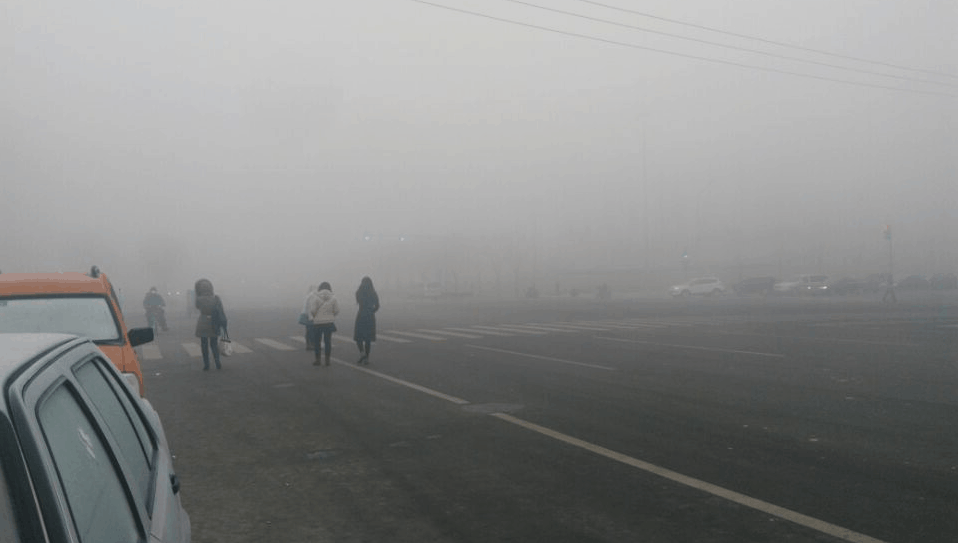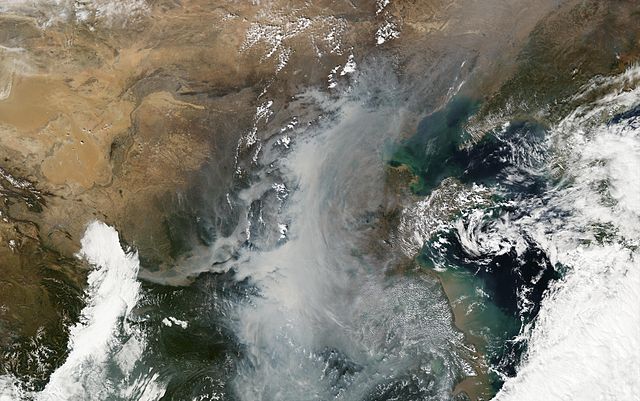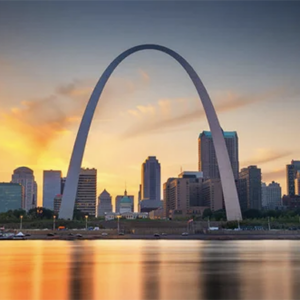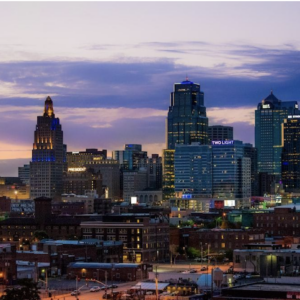
In order to fight critical levels of smog, Beijing has pledged to create a “green necklace” that will surround the city. The plans include planting trees, establishing a green belt around city limits and utilizing rivers and wetlands. This comes through the country’s new dedicated environmental task force. “Though we have made some progresses, air pollution in winter is still very serious,” major Cai Qi said in a statement, “That’s why the government must strengthen environmental protection and step up supervision and accountability in 2017”.
The plan will also help to curb overpopulation by limiting urban development on the city’s borders. The perpetual traffic jam in Beijing causes an estimated one-third of emissions of dangerous particulate PM2.5. Too many cars on the road has become so problematic that auto registrations are given sparingly through a lottery system. Furthermore, Beijing authorities have committed to removing 300,000 older or obsolete cars off the road this year, in order to raise fuel standards and encourage newer fuel-efficient models.
Another main source of pollution in Beijing is coal burning in homes for heat— making smog alerts especially common during winter. Coal burning reached 22 million tons in 2013, but major Cai Qi has promised to bring consumption down to 7 million tons for 2017. Many major power stations fueled by coal have already been shut down. China currently holds first place for most carbon emissions worldwide. In the Paris Agreement, the Chinese government promised a shift towards renewable energy and has since built the world’s largest solar farm.
One study by the University of California estimated that air pollution in China causes roughly 4,000 deaths per day. Air Quality Index levels, as proposed by the U.S. Environmental Protection Agency, regularly hit Very Unhealthy (201-300), Hazardous (301-500) and beyond (500+) for Beijing and surrounding cities. For comparison, the current AQI for New York City is 33, which is given the lowest (or healthiest) classification of Satisfactory.

Red Alerts for smog were issued last year for Beijing and 22 other northern Chinese cities, forcing thousands of schools and businesses to close, halting air travel and disrupting ground transportation and delivery. Under these government-issued advisories, people must avoid going outside and limit their use of cars and other sources of carbon emissions that exacerbate the problem. Beijing issues red alerts when the AQI is forecasted higher than 200 for more than four days, over 300 for two or more days, or more than 500 for 24 hours.
Children, the elderly, pregnant women, outdoor workers and persons with pre-existing conditions are most susceptible to health problems related to air pollution. Pollution damages the respiratory system and accelerates the aging of lungs, causing decreased function and capacity and ultimately, a shortened lifespan. People exposed to polluted air may experience short-term effects such as eye irritations, chest pains, headaches, and nausea. Most people in Beijing do not leave their homes without a using a protective face mask.


